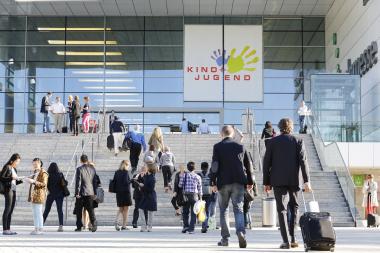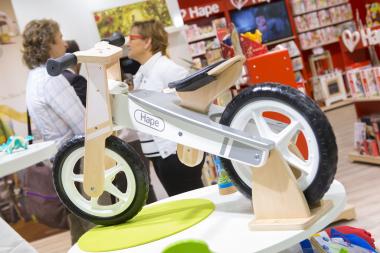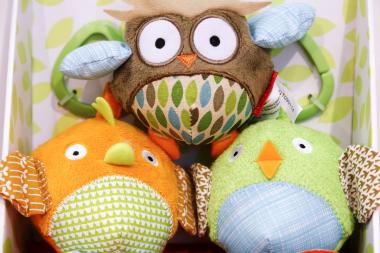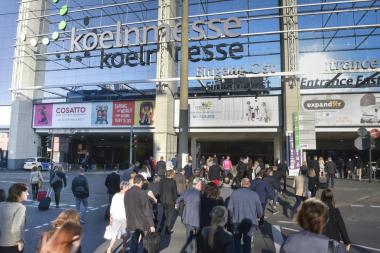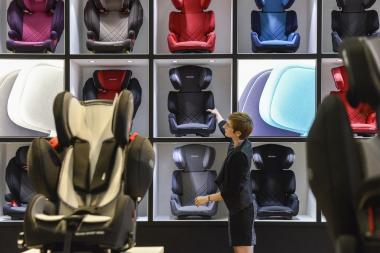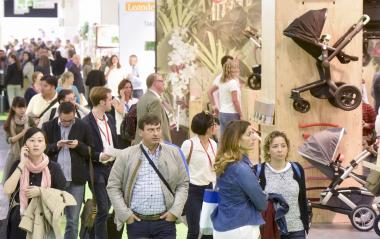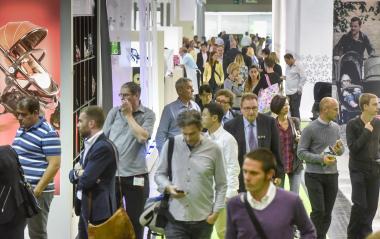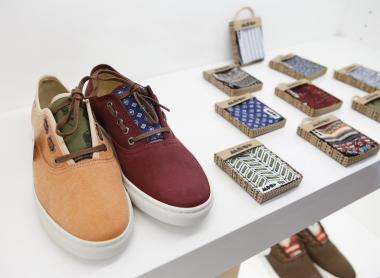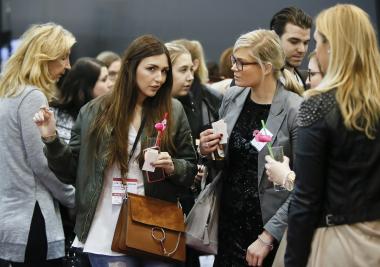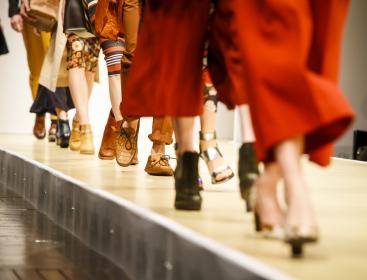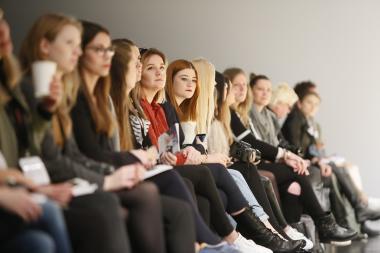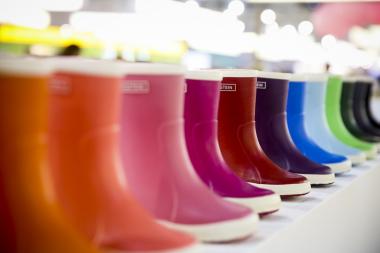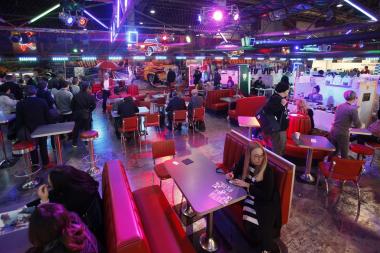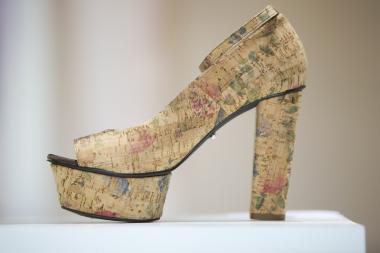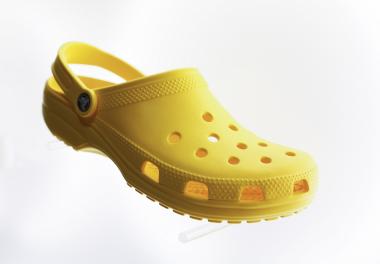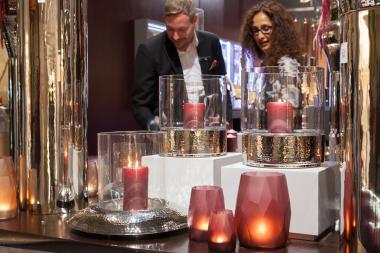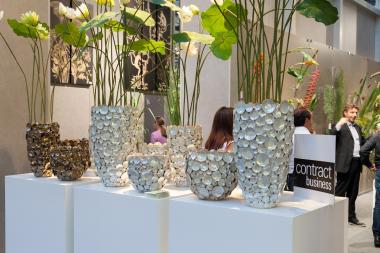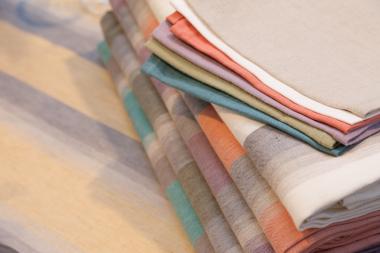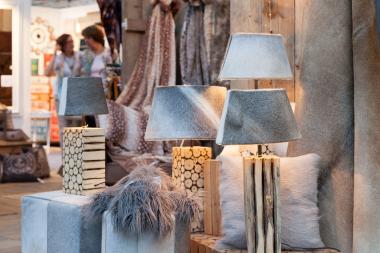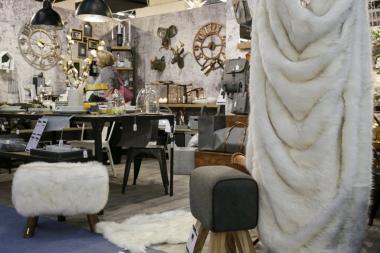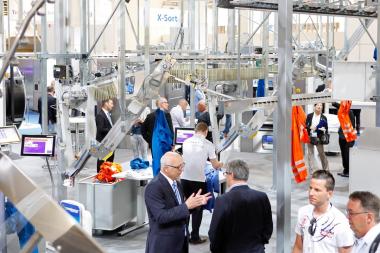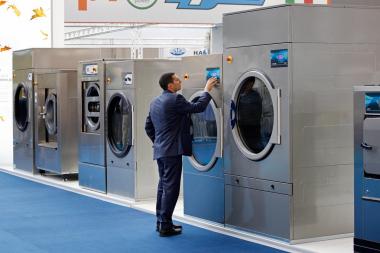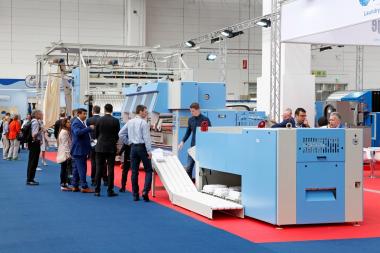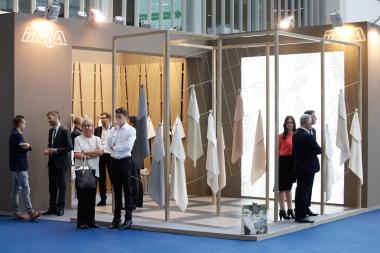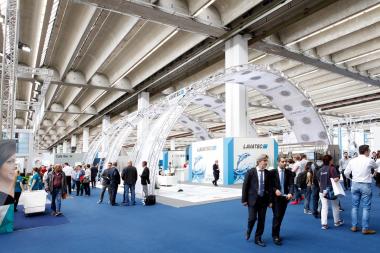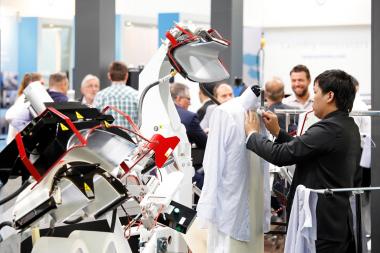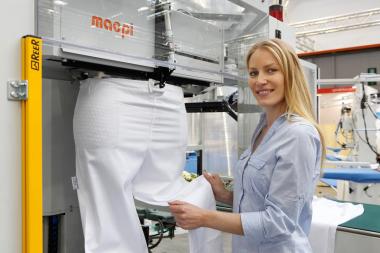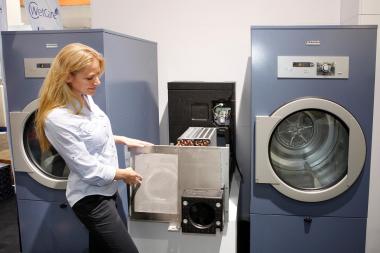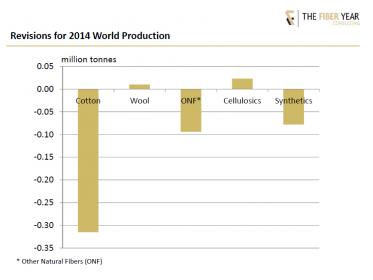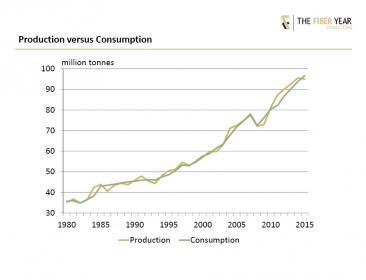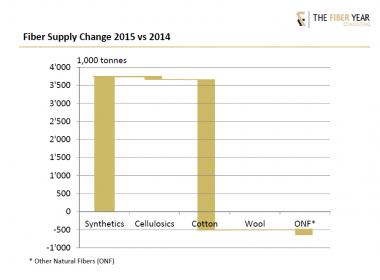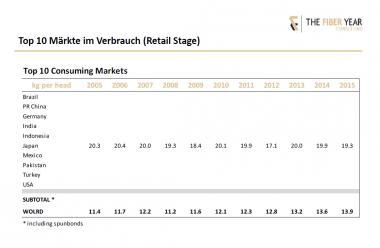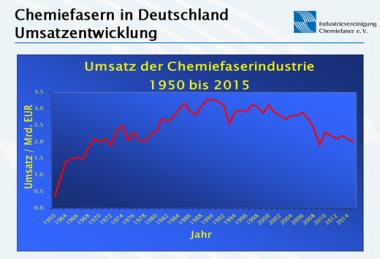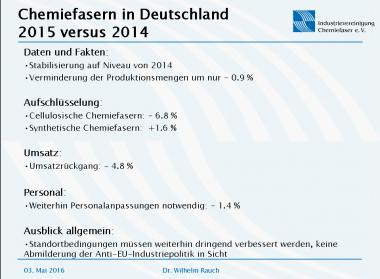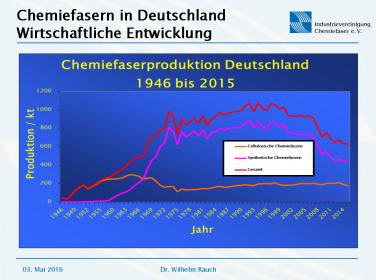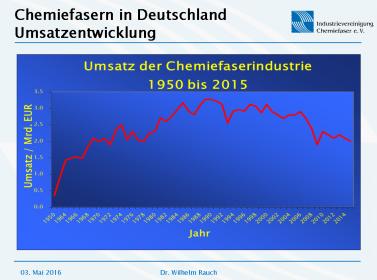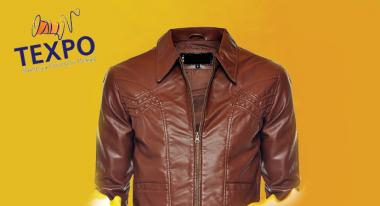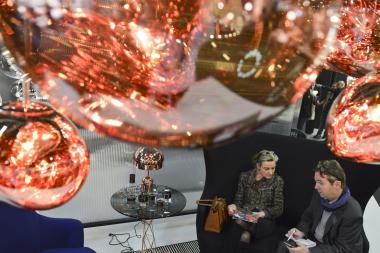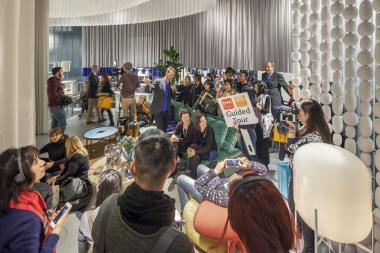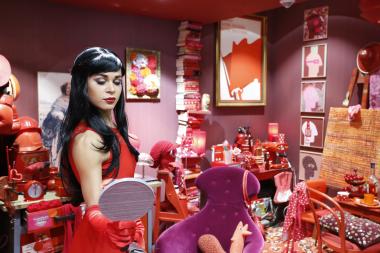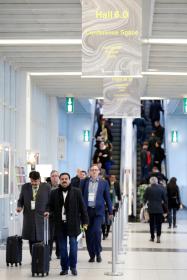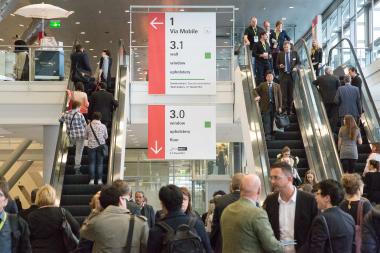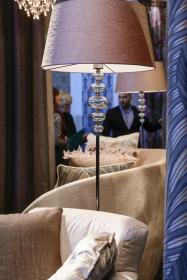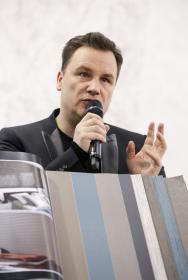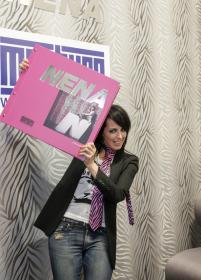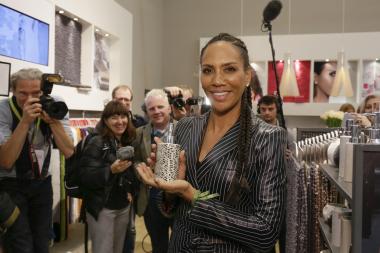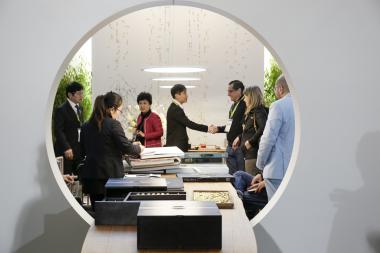BREXIT: ITALIAN ECONOMY RELATIVELY LITTLE AFFECTED
- Banking Crisis comes to a head
- Foreign Trade rather little affected
- Tourism Industry looks at the Development of the British Currency
Milan (GTAI) – According to a study by the rating agency S & P Italy is among the European countries that are least affected by the Brexit referendum. Nevertheless, the after the Brexit resulting market turmoil threatens to slow the fragile recovery of the Italian economy and to lead the already ailing banks in a crisis. The United Kingdom is the fourth most important export market for Italian goods; British tourists are a major source of income for the tourism.
The outcome of the British referendum threatens the delicate recovery of the Italian economy. The business association Confindustria has reduced its GDP growth forecast for 2016 from 1.4% to 0.8%. However, compared to other EU Member States and according to various studies, Italy is little affected directly of the intended withdrawal of the United Kingdom from the EU, but the indirect effects through the market turbulence could become serious.
In a study about the “Brexit sensitivity" of 20 countries made by the rating agency S & P Italy comes on the penultimate place, ahead of Austria. The study analyzes the Brexit effects in the fields of export, finance, foreign direct investments and migration. The reasons for Italy's position are obvious: Compared to other European countries, exports of Italy to the United Kingdom are relatively small. In addition, the financial sector is "relatively Italian". In a European comparison, foreign direct investments in Italy are low; this also concerns the share of investment from the United Kingdom in Italy.
According to the S & P study among the Italian economic areas the activities of the financial sector are the most affected by the Brexit. Volatile markets as a result of the Brexit provide further uncertainty in the sector, which, after the long economic crisis is suffering among other things in their balance sheets under bad loans. In the days after the event the share prices of the Italian banks plunged into the depths. The Italian Government is negotiating with the EU on a new bailout.
The UK is an important trading partner
The decision of the British could have a negative impact on the Italian exports in various sectors. According to the Italian statistical office ISTAT the United Kingdom is ranked 6 of the trading partners in Italy. At the same time, the UK is the fourth largest market for Italian goods. The overall imports from the United Kingdom were EUR 10.6 billion in 2015, while the exports were significantly higher at EUR 22.5 billion. In 2015 the share of the total Italian exports amounted to 5.5%. The Italians sold more only in the United States (8.9%), France (10.5%) and Germany (12.6%).
The risks for the Italian exports may not be underestimated; experts expect a loss of Italian exports to the United Kingdom of EUR 1 to 3 billion. The losses concern primarily the processing industry. According to the study "Il Brexit e l'Italia" of the research institute Nomisma of June 2016, 97% of the Italian exports are finished goods. The most important product groups of Italian exports to the United Kingdom are machinery and equipment (EUR 3.5 billion), food and beverages (EUR 3.1 billion), chemical products (EUR 2.6 billion), Automotive and - parts (EUR 2.6 billion), fashion and clothing (EUR 2.3 billion) and processed and unprocessed metal products (EUR 1.5 billion).
Particularly dependent on British customers are the wineries and furniture designers. For the Italian wine sector the United Kingdom is one of the most important markets. In 2015 Italian wine producers were able to sell wine worth of EUR 745 million, accounting for a share of 14% of total Italian wine exports. The Italian furniture designers sold in 2015 products worth of EUR 950 million to the United Kingdom, what represents a share of 10% of total Italian furniture exports.
Northern Italy has close economic ties with the United Kingdom
According to the Nomisma study the Italian regions are different linked with the economy in the United Kingdom. More than two thirds of Italian exports to the United Kingdom are coming from northern Italy. Nevertheless, northern Italy is less affected by the Brexit than southern Italy, because the proportion of northern Italian exports to the United Kingdom of the total exports of northern Italy is markedly lower than in the south.
From the southern Italian region of Basilicata 15% of the exports go to the United Kingdom. The high rate is due to the Fiat factory in the municipality of Melfi, where two car models are being produced. From Abruzzo and Campania circa 10% of the regional exports are sold in the United Kingdom.
eyond the foreign trade the Italian restaurant and hotel operators are anxious about the impact of the Brexit: According to Banca D'Italia British tourists ranked on the 6th place of tourists and business travelers in 2015. However - the 4.4 million British visitors expended on average per capita significantly more per day than any other European travelers. Overall the expenditure of the British amounted to just over 3 billion euros in 2015 - or more than 8% of the total expenditure of foreign tourists in Italy. A devaluation of the British currency could affect adversely both the number of tourists as well as their expenditure per capita.
Robert Scheid, Germany Trade & Invest www.gtai.de



